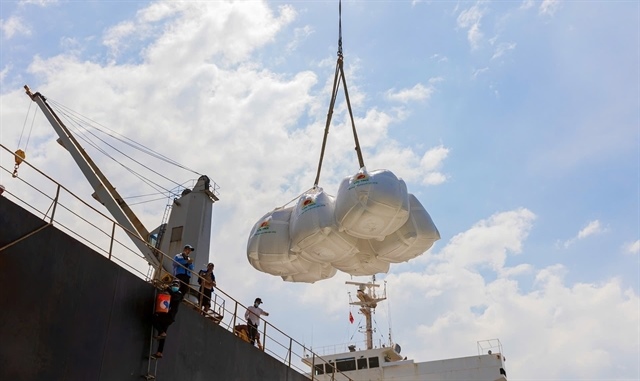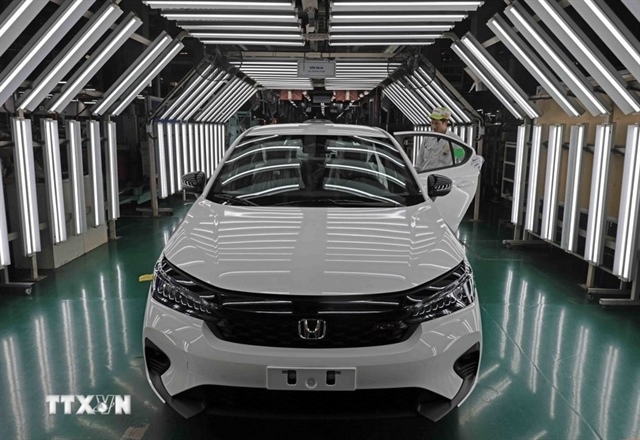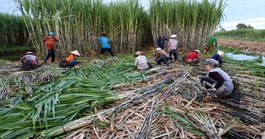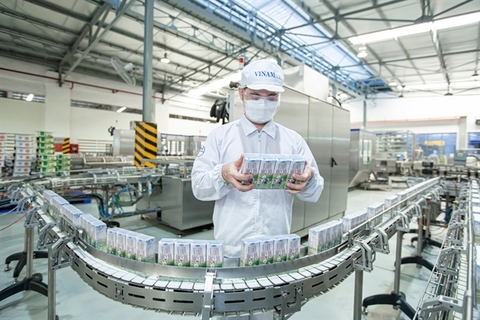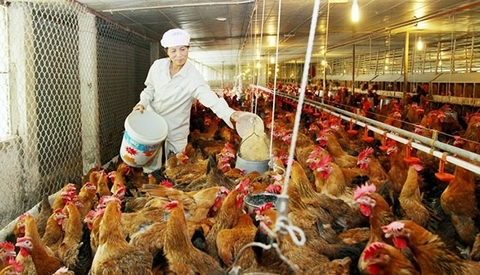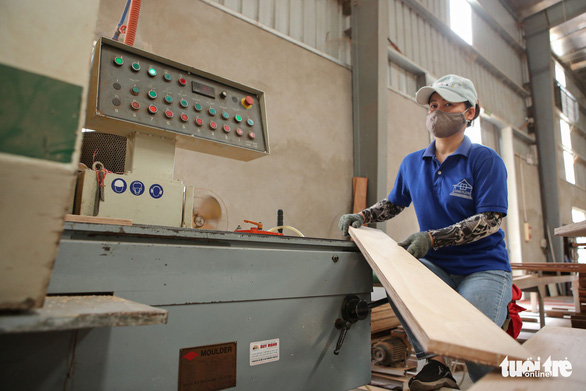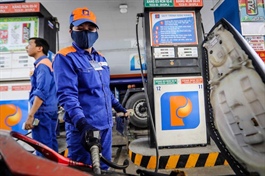Vietnam urged to stir up coffee competition
Vietnam urged to stir up coffee competition
Despite its large coffee output, Vietnam only gains little from global coffee markets as the country mainly exports raw materials. To make use of its many free trade deals, the country’s coffee maker will have to up their game.
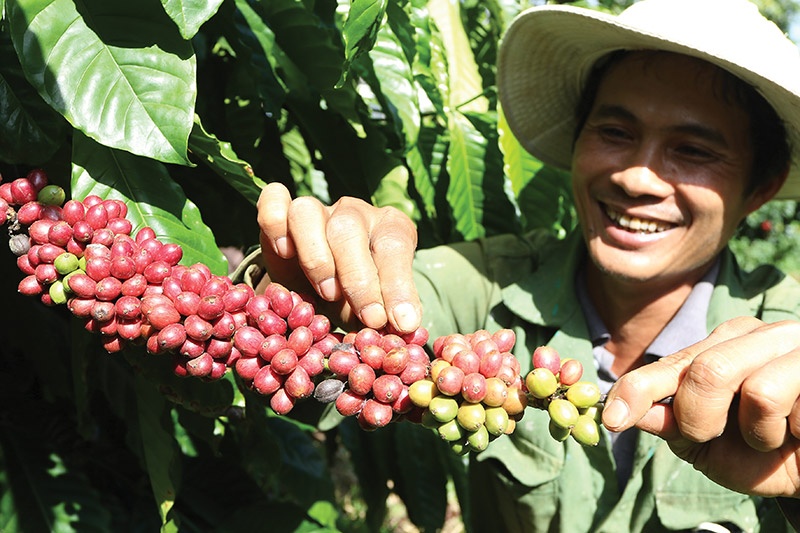
According to the International Coffee Organization, global coffee consumption is projected to grow by 3.3 per cent to 170.3 million 60-kg bags in the 2021-2022 crop year. The US Department of Agriculture predicted that global consumption is expected to rise by 1.8 million bags to 167 million, with the largest gains in the European Union, the United States, and Brazil.
The global coffee market will also record a 3.1 million bag supply deficit in the 2021-2022 season. This is partly because top producer Brazil harvests a smaller off-season crop. Meanwhile, Vietnam’s policy of coffee production has shifted to a new era with two objectives: to maintain its position as the world’s second-largest producer and exporter of green coffee beans and to double the added value by increasing productivity, quality, and value addition.
In the mid-1990s, the selling price of Vietnamese coffee at ports was $400-500 lower than the benchmark price used on the London commodity exchange. This gap has been narrowed as Vietnamese robusta coffee prices increasingly matched global prices. However, to reach an export value for coffee of around $6 billion by 2030, Vietnam likely needs to invest in deep processing.
A number of large local and foreign groups have poured capital into coffee processing. Intimex Group has a plan to increase the annual capacity of its Binh Duong plant to 20,000 tonnes by 2025 with the total investment capital of $100 million. Intimex aims to become Vietnam’s biggest instant coffee supplier by 2025.
India’s Tata Group has invested $65 million into its Tata Coffee Vietnam factory in the southern province of Binh Duong. The factory produces cold-dried coffee with an annual capacity of 5,000 tonnes of instant coffee for the global market.
Nguyen Quang Binh, an independent researcher in Ho Chi Minh City, doubts the competitiveness of processed coffee products in light of the current capacity of Vietnam’s coffee industry.
He wondered whether Vietnamese companies have sufficient financial capability and technologies to compete with global coffee brands with a long history of development like Nestlé or Starbucks.
“The market is the most important factory. For many years, Vietnam has provided raw materials to international roasters for a long. The country is lagging behind in terms of capital, technology, and ability to participate in the global distribution system,” Binh noted.
Vietnam has yet to reach its potential in increasing its coffee export turnover as the country mainly exports raw coffee with low added value. According to the Vietnam Coffee and Cocoa Association, the average price for a tonne of processed coffee is nearly $3,600, while the price of green coffee on the floor is only about $2,400.
“Global competition exists not only regarding quality but also brand. The development of coffee processing technology is never simple. While a processing facility can be developed in about two years, it takes at least a decade to establish a complete production and distribution chain. Thus, not all enterprises are successful to fulfil this mission,” Binh said.
With over 30 years of coffee research, Binh believed that it is crucial to ensure the quality of coffee right from the harvest. As a result, importers have to pay more for Vietnamese coffee, thereby increasing its brand awareness in the overseas market.
Under the coffee industry development project, Vietnam aims to increase the proportion of roasted, ground, and instant coffee exports in Vietnam to 30 per cent of total coffee export turnover in 2020.
As of present, the proportion only makes up 9 per cent of Vietnam’s coffee output. Some Vietnamese coffee producers, such as Vinacafe and Trung Nguyen, mainly develop their presence in the domestic market with exports to China and some US states which are home to overseas Vietnamese.
Last month, Wilson Li Wuqiang, a representative of Trung Nguyen Coffee Group in Shanghai, said that Trung Nguyen coffee is a familiar brand there. At first, Trung Nguyen mainly sold products like 3-in-1 instant coffee through border channels. In 2012, Trung Nguyen coffee products were sold in the Chinese market via its distributor Lam Vien. The move aimed to capitalise on China’s coffee market with an annual growth rate of 40-50 per cent.
However, there is no large coffee processing in Vietnam. Do Nam Hai, general director of Intimex Group, said that land and finance are two obstacles for businesses to invest in deep processing of instant coffee products.
Capital is always the dominant factor. Investing in an instant coffee processing system with a designed capacity of 3,000 tonnes per year and European technology costs about $300 million, according to Wuqiang. Many businesses want to invest in large processing plants but are limited in land access.
Even if Vietnam manages to secure sufficient funding, land, and deep processing capacity, the country’s coffee sector will still face significant challenges with the dominance of foreign groups, which account for nearly half of Vietnam’s annual coffee exports.
Nguyen Thanh Toan, deputy general director of Cafe Control JSC, has warned that foreign companies have built medium and large-scale processing factories in most of Vietnam’s main coffee-growing provinces.
“These companies, through agents, directly purchase green coffee. They invest in modern equipment and closed production lines to process high-quality coffee products and export them to the world market,” Toan said.




